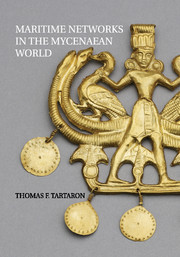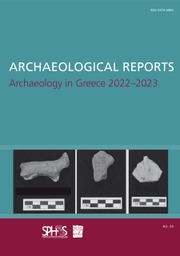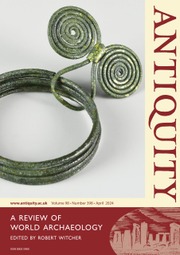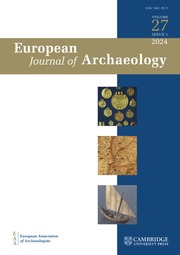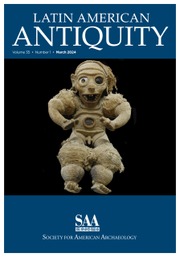Mycenaean Greece and the Aegean World
In this book, Kramer-Hajos examines the Euboean Gulf region in Central Greece to explain its flourishing during the post-palatial period. Providing a social and political history of the region in the Late Bronze Age, she focuses on the interactions between this 'provincial' coastal area and the core areas where the Mycenaean palaces were located. Drawing on network and agency theory, two current and highly effective methodologies in prehistoric Mediterranean archaeology, Kramer-Hajos argues that the Euboean Gulf region thrived when it was part of a decentralized coastal and maritime network, and declined when it was incorporated in a highly centralized mainland-looking network. Her research and analysis contributes new insights to our understanding of the mechanics and complexity of the Bronze Age Aegean collapse.
- A detailed case study which uses easily comprehensible aspects of network and agency theory
- Explains the special role of Euboean Gulf settlements in the early Iron Age
- Offers a partial explanation of the end of the Bronze Age
Product details
August 2016Adobe eBook Reader
9781316792643
0 pages
0kg
This ISBN is for an eBook version which is distributed on our behalf by a third party.
Table of Contents
- 1. Introduction to the region and theoretical approaches
- 2. The ethos of the sword - the creation of early Mycenaean elite culture
- 3. The role of elite networks in the Mycenaeanization of the provinces
- 4. Seals and swords and changing ideologies
- 5: Prehistoric politics - the creation of the periphery
- 6. Palatial concerns - ships and exotica
- 7. Reactions to collapse - the rise of a sailor-warrior culture
- 8. Modeling collapse and revival
- 9. Conclusions.


